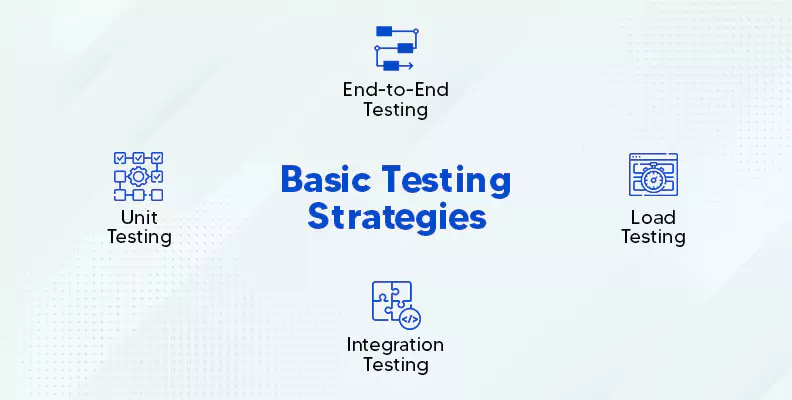Loading.....
Mastering API Testing: Strategies, Tools, and Future

API (Application Programming Interface) testing plays a crucial role in Quality Assurance (QA) by ensuring the seamless interaction between different software components. In this article, we'll delve into the fundamentals of API testing, its scope, strategies, essential tools, and the future trends shaping this critical aspect of software development.
What is API Testing
API, an acronym for Application Programming Interface, serves as a defined set of protocols enabling seamless communication between diverse software applications. In QA testing, APIs act as bridges, enabling the exchange of data and functionality between different software components. API testing involves validating the functionality, reliability, performance, and security of these interfaces.
Scope of API Testing
The scope of API testing extends across various dimensions of software development. It includes:
- Functional Testing: Verifying that the API functions as intended by testing individual functions and ensuring proper data flow.
- Reliability Testing: Assessing the reliability and stability of the API under various conditions, including stress and load testing.
- Performance Testing: Evaluating the API's responsiveness, speed, and overall performance under different scenarios.
- Security Testing: Ensuring that the API is secure against unauthorized access, data breaches, and other security threats.
Key Steps for API Testing Strategy
A robust testing strategy for API involves the following key steps:
- Understanding Requirements: Clearly define functional and non-functional requirements, and understand the expected behavior of the API.
- API Test Design: Identify and design test scenarios for positive and negative cases, considering various data inputs and usage patterns.
- Test Environment Setup: Establish a test environment mirroring the production setup, including the necessary tools for API testing.
- Test Data Management: Create and manage test data for consistent and repeatable test execution.
- Automation Testing: Leverage automation tools for efficient and comprehensive testing, ensuring faster feedback loops.
Basic Testing Strategies
API testing employs several strategies to ensure thorough testing coverage:

- Unit Testing: Testing individual functions or methods to verify their correctness.
- Integration Testing: Verifying the interaction between different components to ensure they work together seamlessly.
- End-to-End Testing: Assessing the entire system to validate the flow of data and functionality across various components.
- Load Testing: Evaluating the API's performance under different load conditions to identify and address potential bottlenecks.
Things Required for API Testing
For effective API testing, consider the following essentials:
- Clear Documentation: Comprehensive documentation detailing API endpoints, request and response formats, authentication mechanisms, and error handling.
- Testing Tools: Utilize testing tools such as Postman, SoapUI, and RestAssured for designing, executing, and automating API tests.
- Test Data: Create relevant and diverse test data to cover various scenarios and ensure comprehensive test coverage.
- Version Control: Implement version control for APIs to manage changes effectively and ensure backward compatibility.
Tools in Demand for API Testing
Several tools are popular for API testing, each offering unique features.

- Postman, with its user-friendly interface and automation capabilities, is widely used for designing and testing APIs.
- SoapUI, known for its comprehensive testing features, is another popular choice.
- RestAssured, a Java library, is preferred for automating REST API tests. The choice of tool depends on specific project requirements and team preferences.
HTTP methods for API
APIs primarily use HTTP methods to define the operations they can perform. The common HTTP methods include:
- GET: Retrieve data from the server.
- POST: Initiate the transmission of data for processing to a designated resource.
- PUT: Modify an existing resource or generate a new resource if it is not present.
- DELETE: Remove a resource from the server.
- PATCH: Apply partial modifications to a resource.
Understanding these methods is crucial for designing effective API tests and ensuring proper interaction with the server.
Future of API Testing
As software development continues to evolve, the future of API testing looks promising. With the rise of microservices architecture and the adoption of DevOps practices, API testing will become even more integral to ensure seamless communication between diverse services. Automated testing, AI-driven testing solutions, and increased focus on security testing will likely shape the future landscape of API testing.
Conclusion
In conclusion, API testing is a critical aspect of QA, ensuring that software components communicate effectively and function as intended. By employing robust testing strategies, leveraging the right tools, and staying abreast of emerging trends, organizations can enhance the quality and reliability of their APIs, contributing to the overall success of their software projects.
 Back to blog
Back to blog












